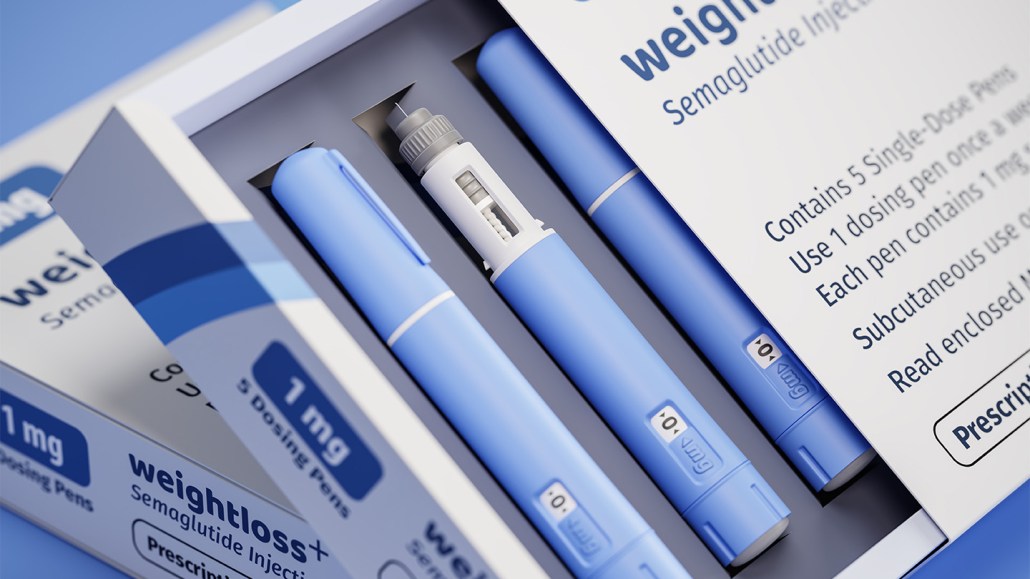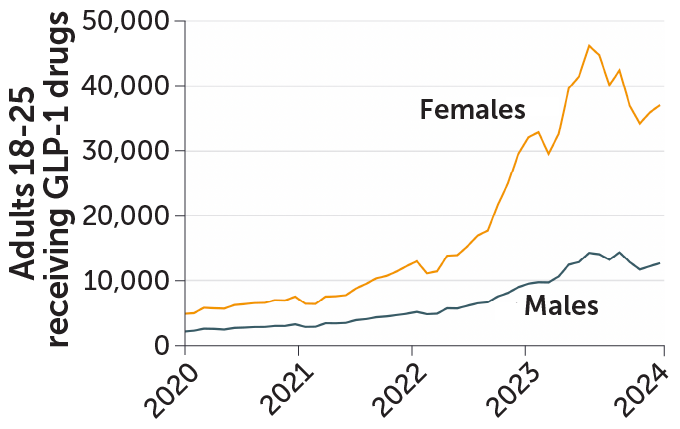Young people’s use of diabetes and weight loss drugs is up 600 percent
GLP-1 drug dispensing has rapidly increased since 2020

Use of Ozempic and related drugs that mimic the hormone GLP-1 has been on the rise in recent years, especially in young women.
aprott/iStock / Getty Images Plus







